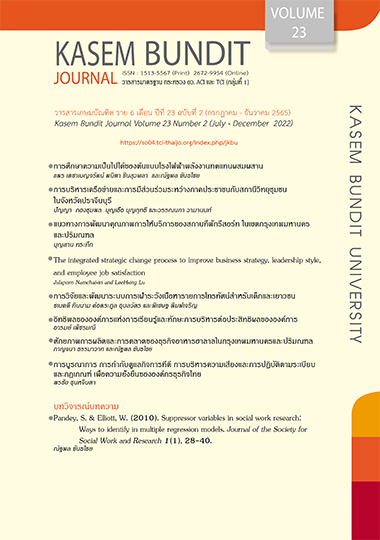Research and development of children and youth television program monitoring system
Keywords:
Television programs, media monitoringAbstract
PURPOSES: To develop and implement an online monitoring system for children's and youth TV programs. METHODS: Research and development were used as approaches for developing the online monitoring system. The sample groups were children’s programs from five TV channels, namely, popular channels (Work Point Channel, Channel 3HD, and Channel 7), a public media channel (ThaiPBS Channel), and a family channel (MCOT Family Channel). Program evaluators were groups of children, youth, parents, the general public, media producers, and working groups on children and youth. RESULTS: The criteria in the online monitoring system for children’s and youth television program content evaluation were: 1) Unsafe and uncreative program content, 2) Safe and creative program content, and 3) Types of program quality. The reliability coefficient of criteria was 0.812. THEORY/POLICY IMPLICATIONS: The children’s and youth television program monitoring system is able to evaluate children’s and youth television programs without limitation on time or place. The summary and results will be displayed automatically after evaluation.
References
Cedillo, G. R., & Carretero, A. B. (2016). Analysis of media observatories in Spain: A tool for civil society in media reform processes. Revista Latina de Communicaion Social. 71, 443-469. http://www.revistalatinacs.org/071/paper/1104/24en.html.
Chantalert, M. (2005). Criteria for quality assessment in children television program. Chulalongkorn University.
Lemish, D. (2010). Screening gender on children’s television. Routledge.
National Broadcasting and Telecommunications Commission. (2014). The evaluation on content quality of television programs project. [Unpublished research report]. National Broadcasting and Telecommunications Commission.
Downloads
Published
How to Cite
Issue
Section
License
Copyright (c) 2022 KASEM BUNDIT JOURNAL

This work is licensed under a Creative Commons Attribution-NonCommercial-NoDerivatives 4.0 International License.
ทัศนคติ ความคิดเห็นใด ๆ ที่ปรากฏในวารสารเกษมบัณฑิตฉบับนี้เป็นของผู้เขียน โดยเฉพาะ มหาวิทยาลัยเกษมบัณฑิตและบรรณาธิการ ไม่จำเป็นต้องมีความเห็นพ้องด้วย







